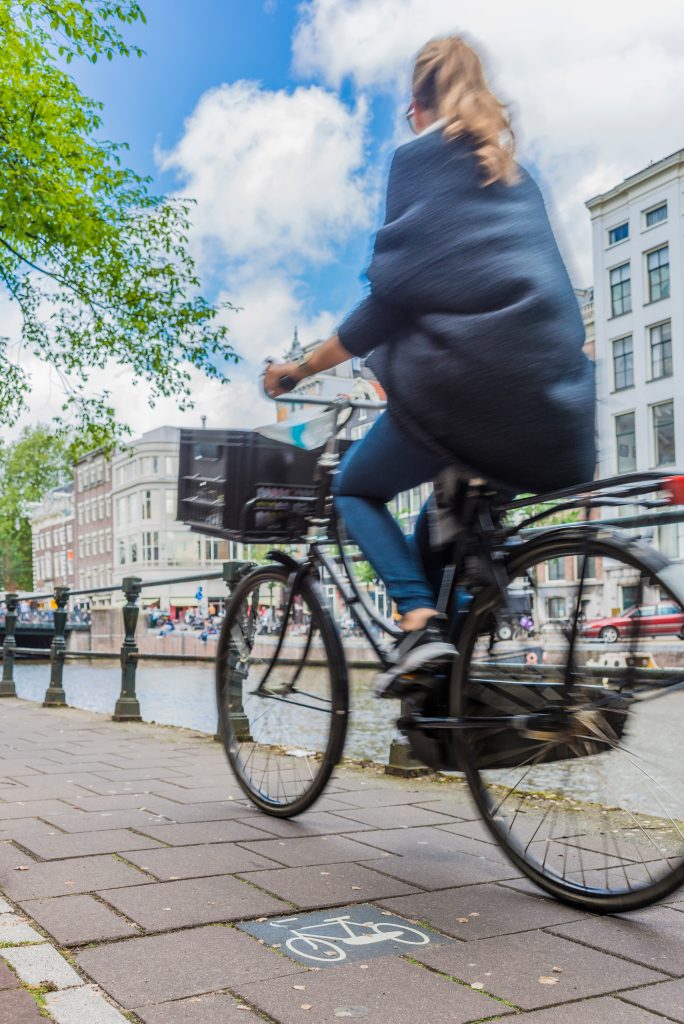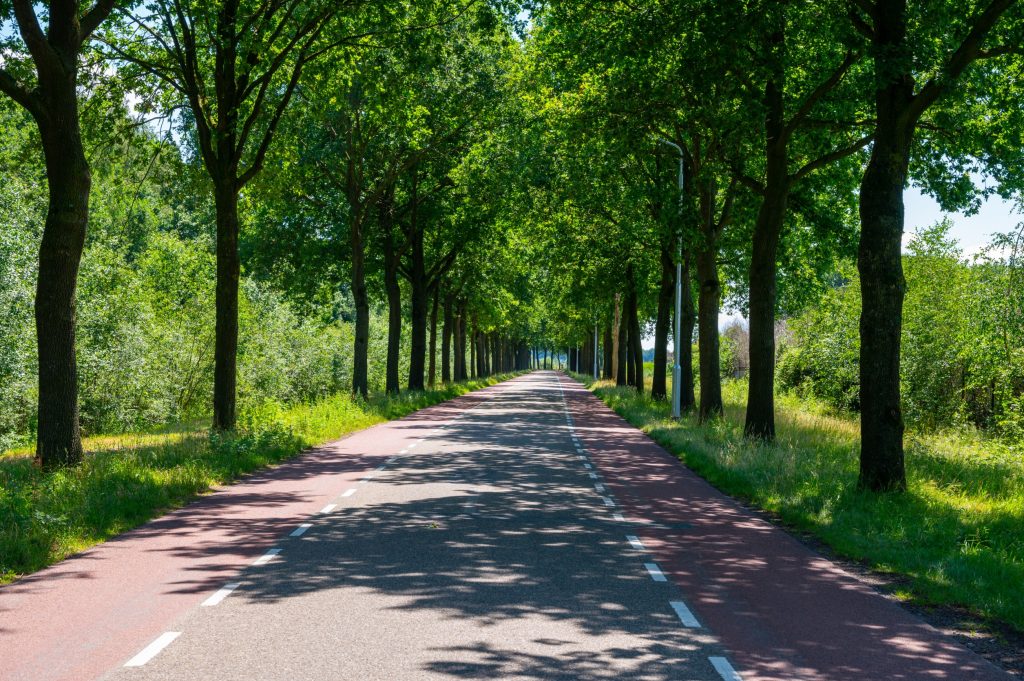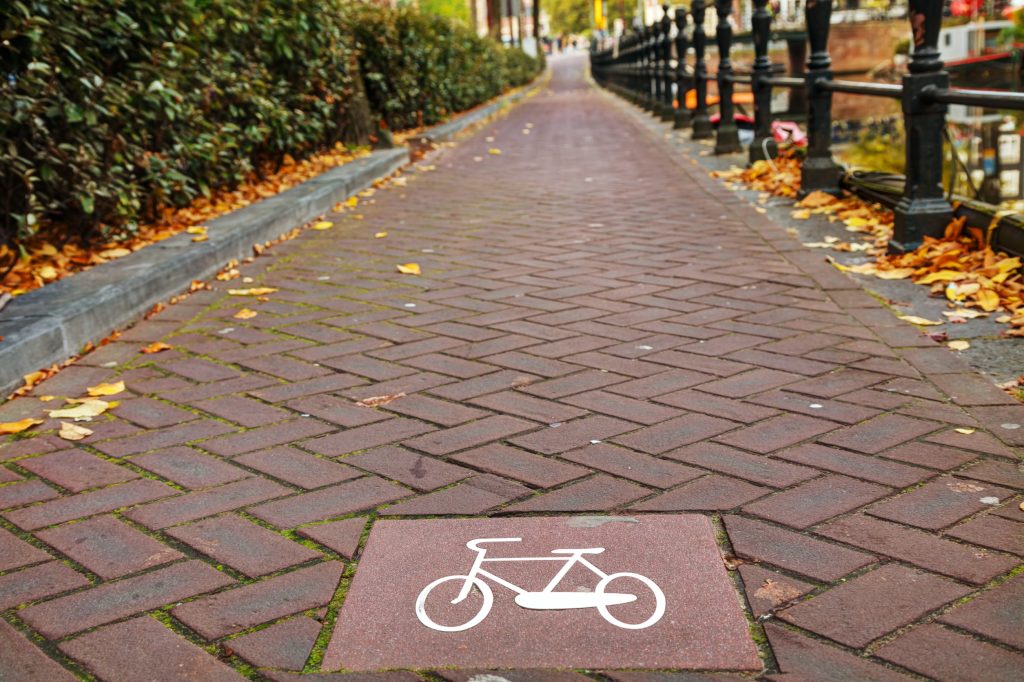The Netherlands is recognised for its formidable infrastructure, that places active travel at the forefront. Just how far ahead are the Dutch from the UK, and are we progressing toward improvement?
A recent government survey revealed seven out of 10 people in the UK never ride a bicycle, with safer roads being the most popular factor that would encourage people to cycle more, followed by well-maintained road surfaces.
The Dutch have been renowned for lowering their road user death by up to 89%, by using: “Sustainable Safety”, which has two main goals: to prevent crashes from occurring, and in the event of a crash, to prevent serious injuries or fatalities.

Since its adoption as a national guideline, Sustainable Safety has shaped the subsequent decades of Dutch roadway design, creating streets ideally suited to cyclists of all ages and abilities. Its systematic and proactive approach towards maximum road safety has aimed to ensure that every road user comes home safely.
Daniel Pearman, City Transport Director at Leicester City Council, recently hosted the Active City Conference for industry professionals, and examines the comparison between the countries.
“Before I talk about how it is on the ground, it’s important to recognise that Dutch infrastructure works at a network level – it’s not just a section of segregated cycle track, or a junction that has a dedicated cycle phase. It forms a network, that means if you do choose to cycle you can undertake your journey, without worrying that there’s a section of unprotected road, or a dodgy junction.”
“And this is how it works in the design guidance for the Netherlands – the five key principles are cohesion, directness, safety, comfort, and attractiveness. These are measured at route level, not a local level.”

The UK isn’t a fully cohesive network- there has been some progress in this, but projects are often delivered in phases, or staggered as funding allows. In simplistic terms, there could be two good lengths of cycle track, a junction between, and then a roundabout at either end that is essentially impassable, unless you are a very confident cyclist.
Currently, the UK infrastructure often doesn’t cater for that whole end-to-end journey. A route is only as good as its weakest link, and can lead someone to potentially choose to cycle on the footway, inconveniencing pedestrians, out of a sense of greater personal safety.
Would Dutch cycle infrastructure work in the UK?
Frankly, it has before – we’ve just forgotten.
Towns such as Stevenage or Harlow – and the city of Milton Keynes – have extensive and well developed networks of cycle tracks, that are mostly separate from the main roads. They were designed to cater for the high number of cyclists, around the mid-20th century. There are parts of these areas that could be dropped into a city or town in the Netherlands and not look out of place, besides of the colour of the surface and the signage used.

Since 2020, the UK’s National Cycle Design Guidance has been much more aligned with best practice found around the world – including, of course, the Netherlands – and this in turn, has led to designers and engineers feeling more emboldened to deliver better projects.
This recent wave of action has been supported massively by the creation of Active Travel England, who continue to drive high standards and demand good quality from highway authorities.
Daniel added: “It doesn’t always translate perfectly – we’ve got some very embedded driver behaviours in the UK that must be designed around- and at times, the nature of retrofitting existing streets means a compromise must be taken due to available space, but we are starting to see more and more authorities embrace network level planning and good quality delivery.”
“We can always be better, but we also need to remember that the Netherlands didn’t suddenly spring up as it is today – they made a concerted effort to unpick car-dominant attitudes and rebuild their streets, roads, towns, cities, and paths, to be more equitable for all.”
Are you ready to start your active travel journey?
Visit: www.highwaycycles.co.uk, or pop into one of our stores.
